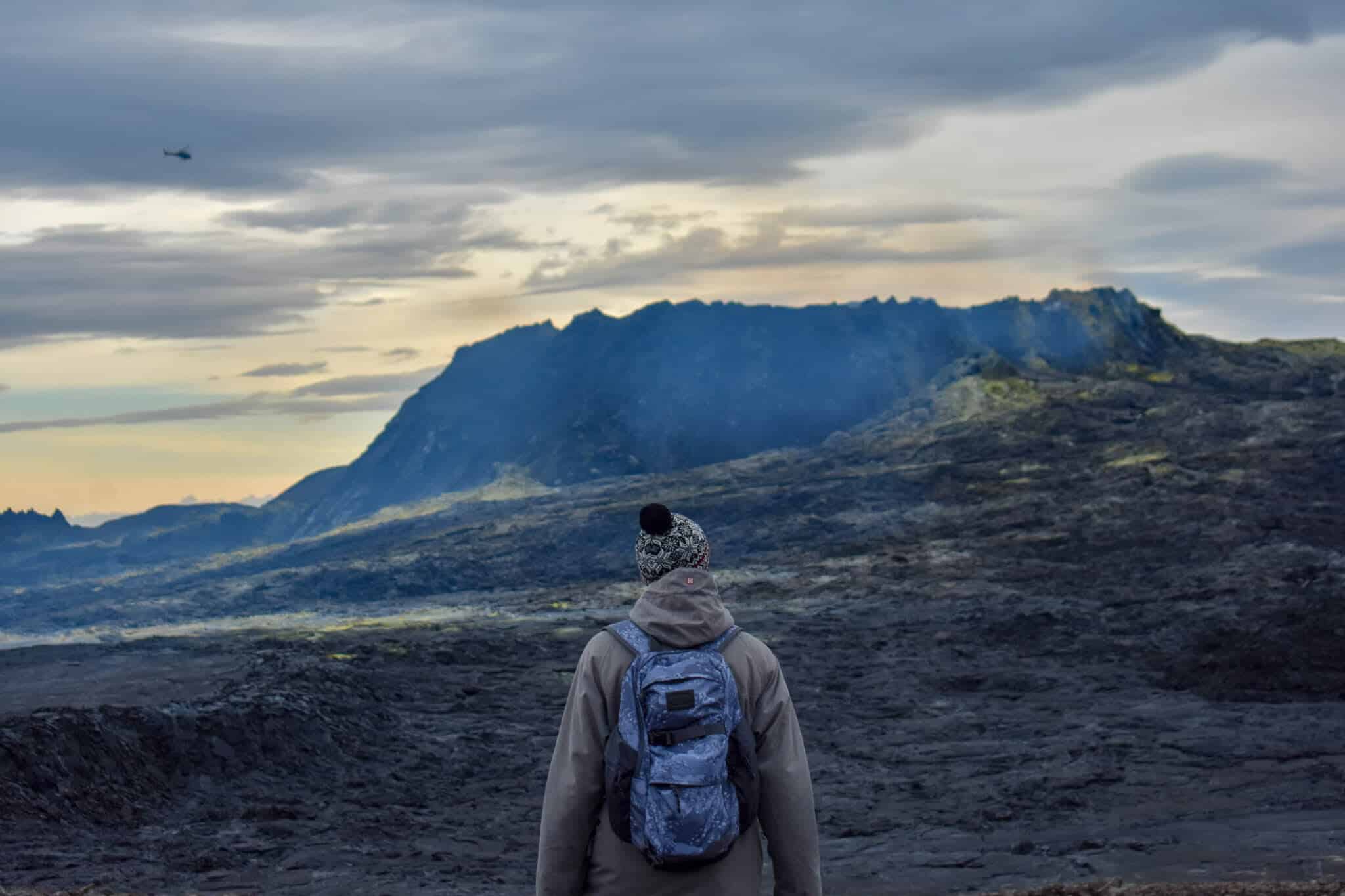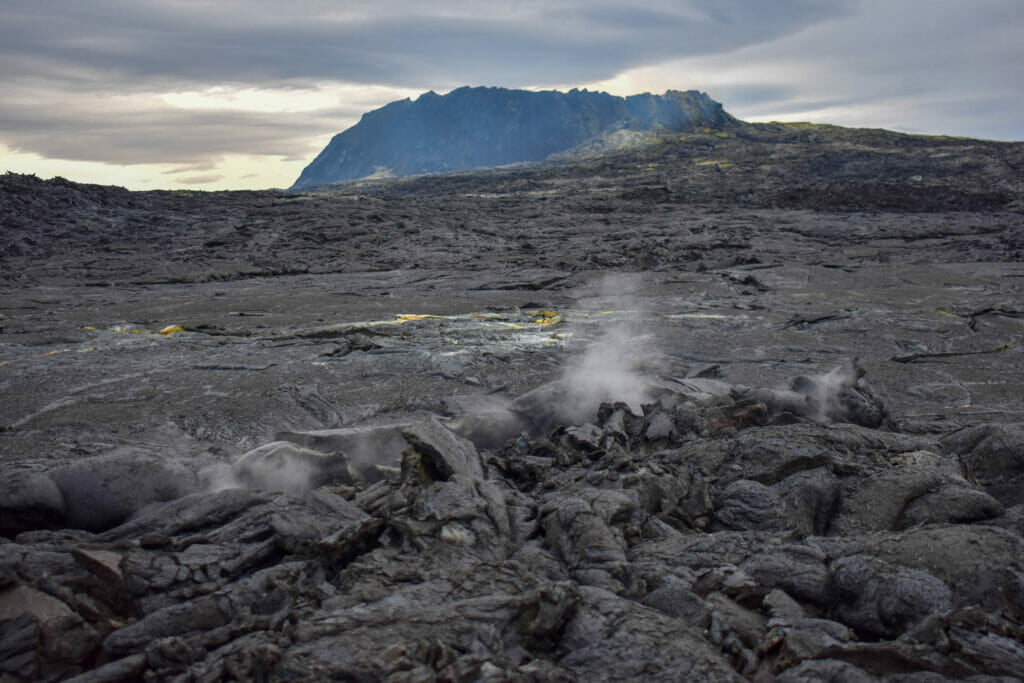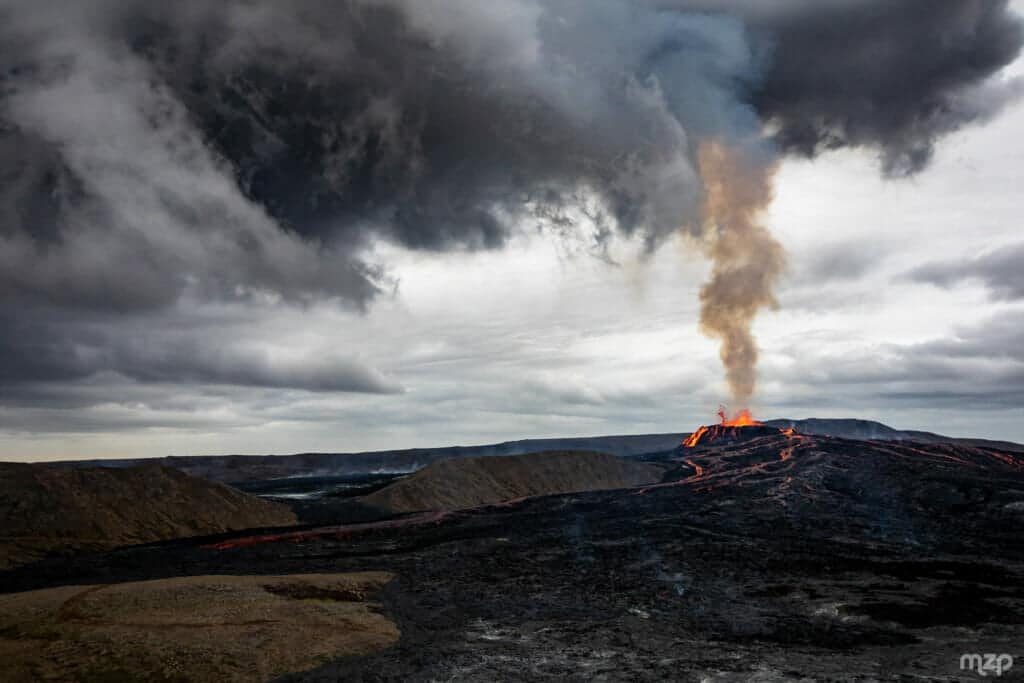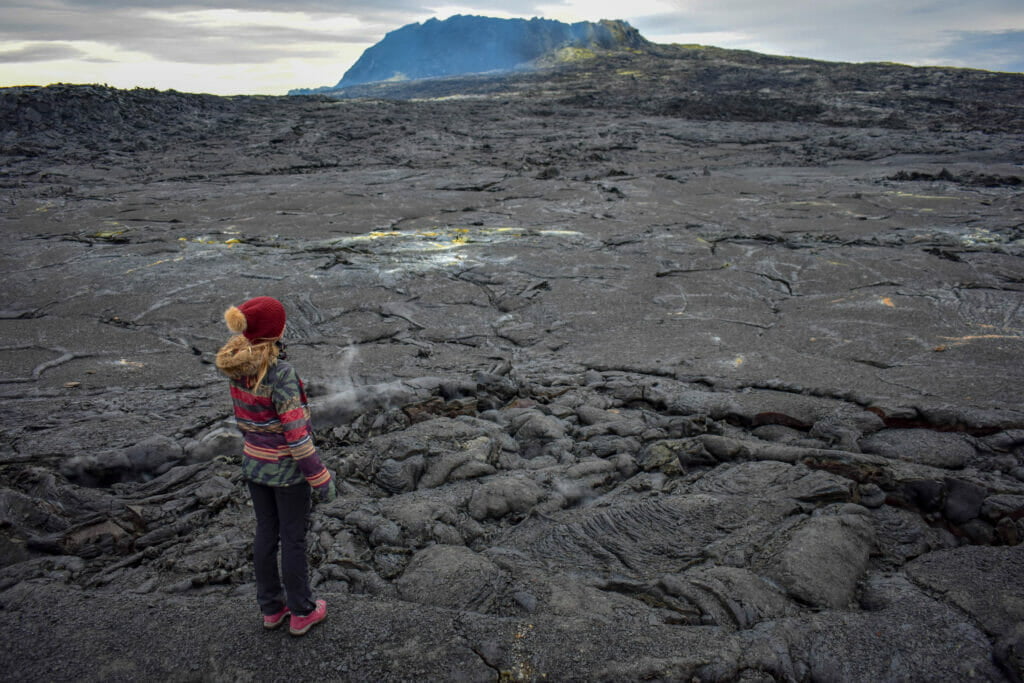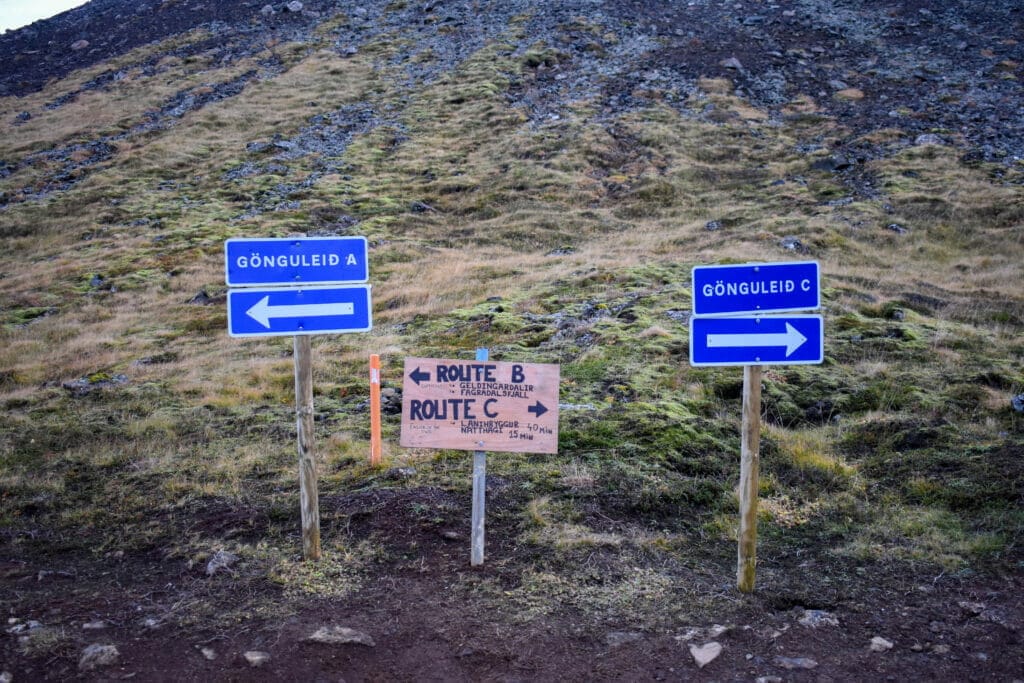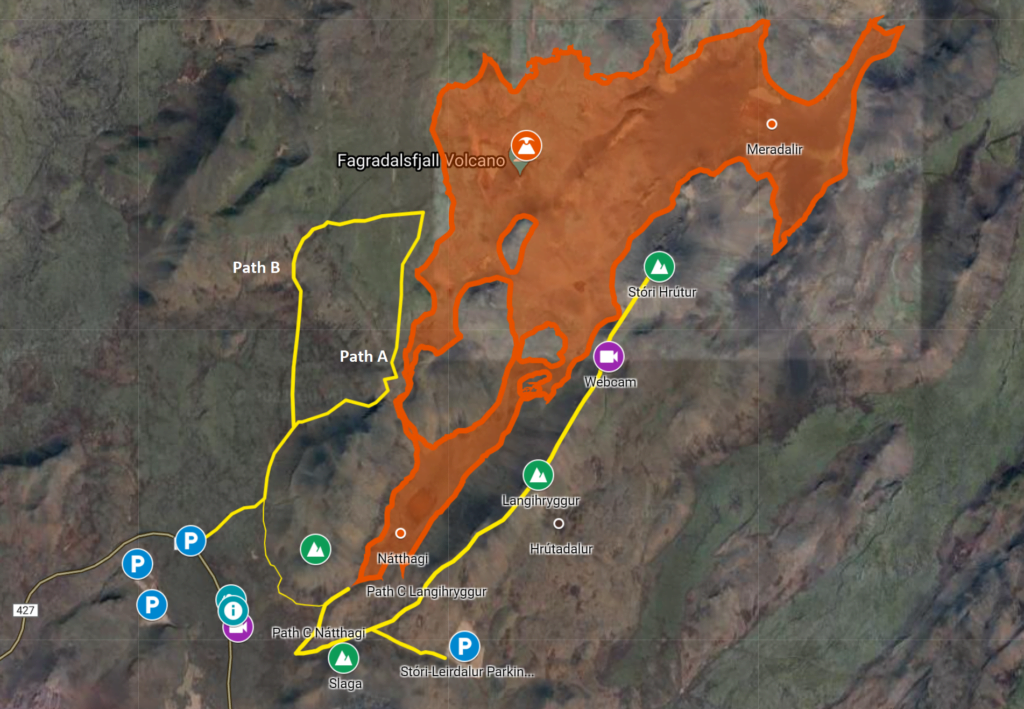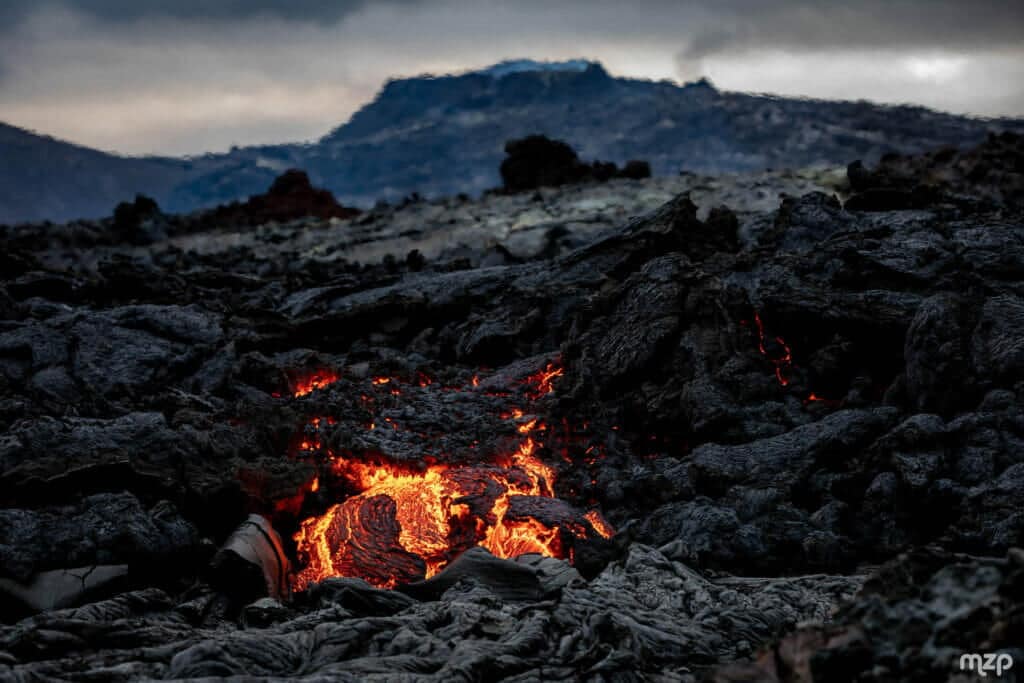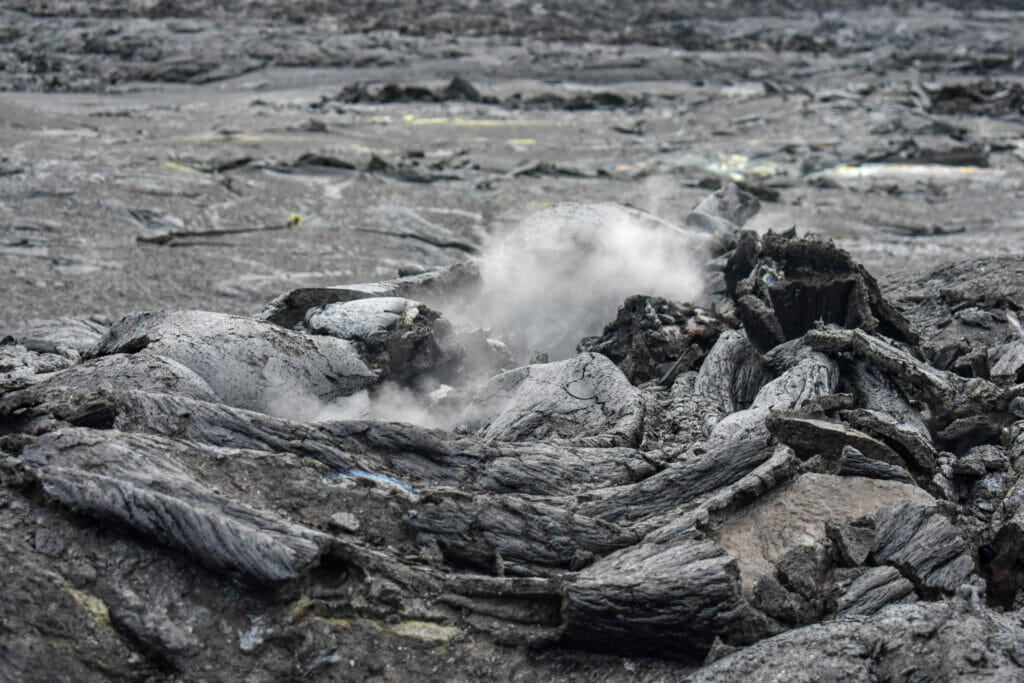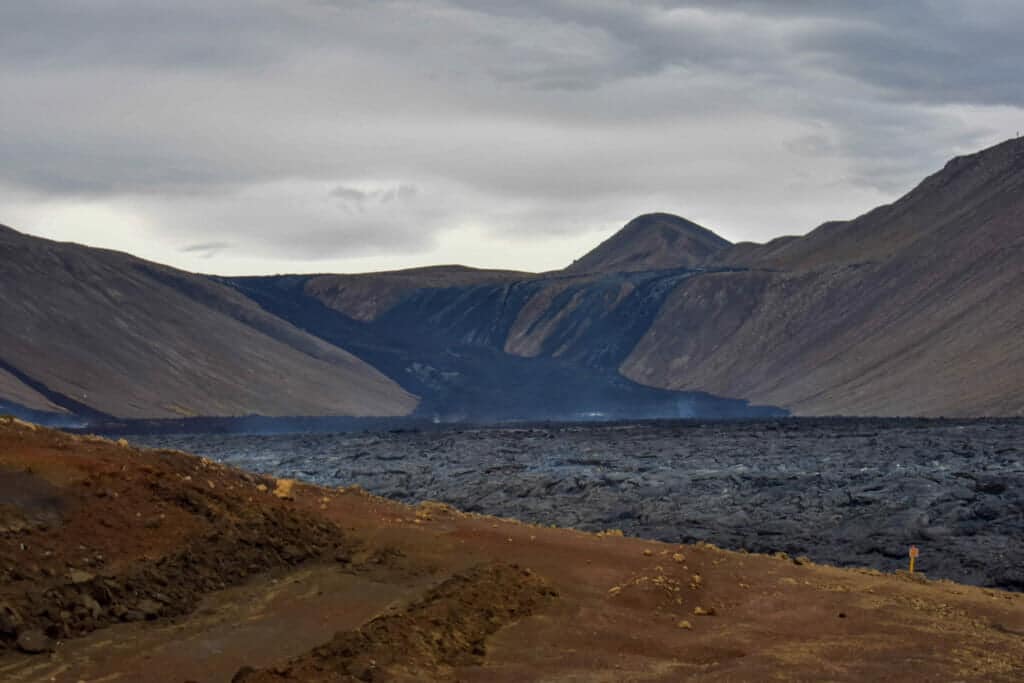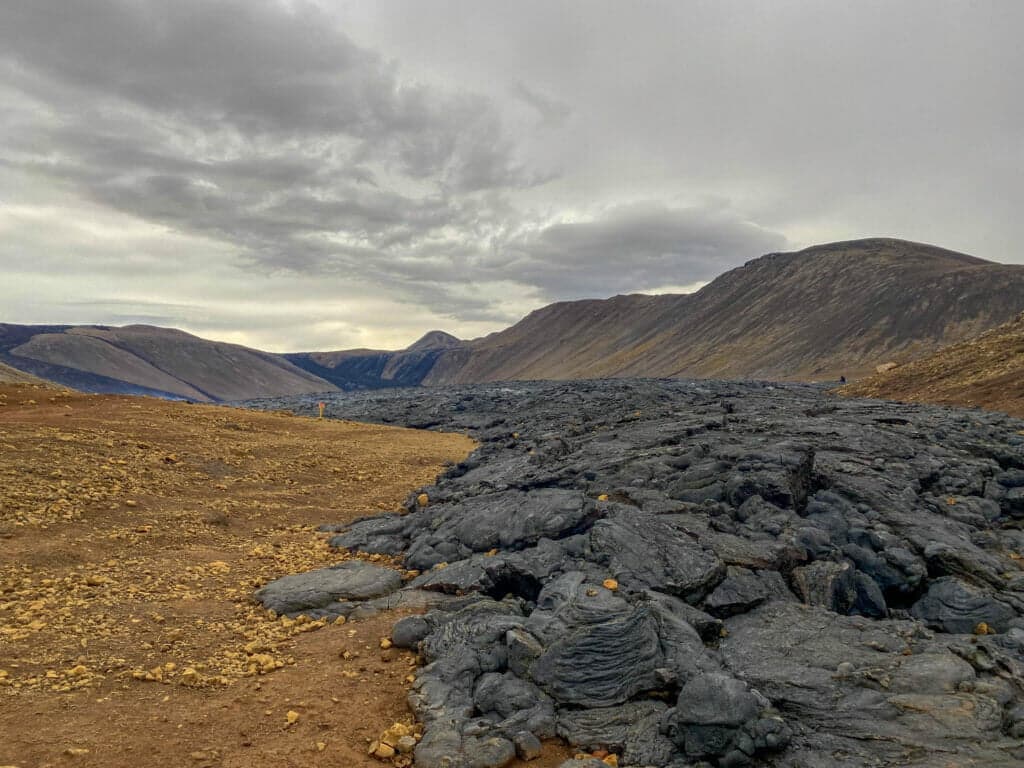Fagradalsfjall volcano has become a tourist attraction in Iceland. Everyone wanted to see live lava flow after they found out that it could be observed safely. It was enough to follow a few rules and stick to the marked tourist routes.
First eruption
Fagradalsfjall volcano on the Reykjanes peninsula came into focus on the evening of March 19, 2021 when an eruption fissure opened in the Geldingalir valleys. It has slept quietly for more than six thousand years and is the first active volcano in the area of the UNESCO Reykjanes Global Geopark in the last 800 years.
How it started
Three weeks before the first eruption of the volcano an intense earthquake began on the Reykjanes peninsula near Fagradalsfjall mountain. It triggered an earthquake with a magnitude of M5.7 which was felt by many people in several parts of Iceland. In the next three weeks the locals experienced more than 40,000 earthquakes. Most of them were small and usually could not be felt. However, several were large enough to keep people in the neighboring town of Grindavík and the capital Reykjavík area awake.
The earthquakes finally stopped for about three days. But on Friday evening 19.03.2021 people in the town of Grindavík and elsewhere on the Reykjanes peninsula reported a glowing light in the sky. The only way to confirm if an eruption had started was to see with your own eyes. The eruption has been described as a „tourist eruption“. That’s the term Icelanders commonly use for smaller eruptions that are easy to get to. The first thing you need to do when a volcano erupts is to get as far away from it as possible. But in Iceland you usually get the opposite answer.
So Icelanders started flocking to the site of the eruption to see what nature had to offer. After all, the site of the eruption turned out to be quite safe with adequate precautions to avoid the hot lava and gases. Iceland’s volunteer search and rescue teams also appeared immediately to ensure safety.
Parking and hiking trails
The eruption site is located a 50 minute drive from Reykjavík. Follow road 41 towards Keflavík, turn onto road 43 towards Grindavík and continue along road 427 until you see marked parking lots. Parking along Route 427 is prohibited. The parking fee of 1000 ISK (€6.5) can be paid electronically at Parka.is.
Below you will find possible hiking routes to the volcano. Please note that they are constantly changing due to changes in lava size and flow directions. So before you start, check SafeTravel.is for daily updated weather information etc… We strongly recommend wearing hiking shoes. Do not underistame weather conditions.
- Route A is about 3.2 km long, from which you can see the back side of the crater.
- Route B is more difficult than route A and is about 3.3 km long, from which you can see the back side of the crater.
- Route C Langihryggur is about 4 km long, from which you can see the front of the crater.
- The last route C Nátthagi is about 2km long and is a much shorter and easier hike, you can see the newly formed lava from there but not the crater itself.
We first went through route B. We found that it was an unnecessarily long. We didn’t even see lava for a long time. We returned along route A. On route A we walked the entire time along the solidified lava fields. We got very strong winds at the top of the hill so if you go there be sure to check the current warnings on the above mentioned site.
In the end we had a little time to spare and decided to take a look at route C Nátthagi. We got to the freshly solidified lava but unfortunately we didn’t see any more flow. Even so it was an unforgettable experience to see with my own eyes what an exploding volcano can do to the landscape. We visited Fagradalsfjall on 26.10.2021.

